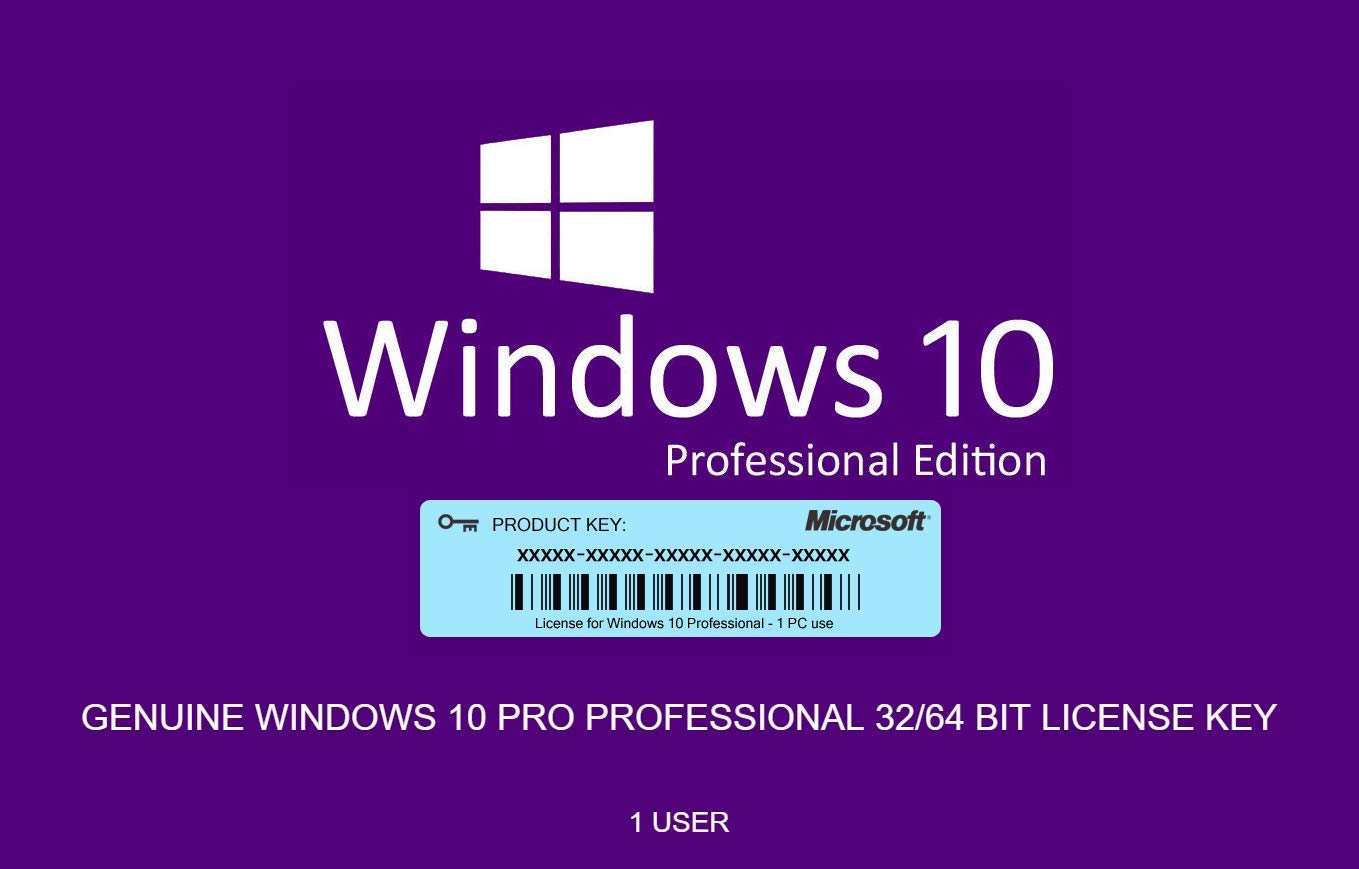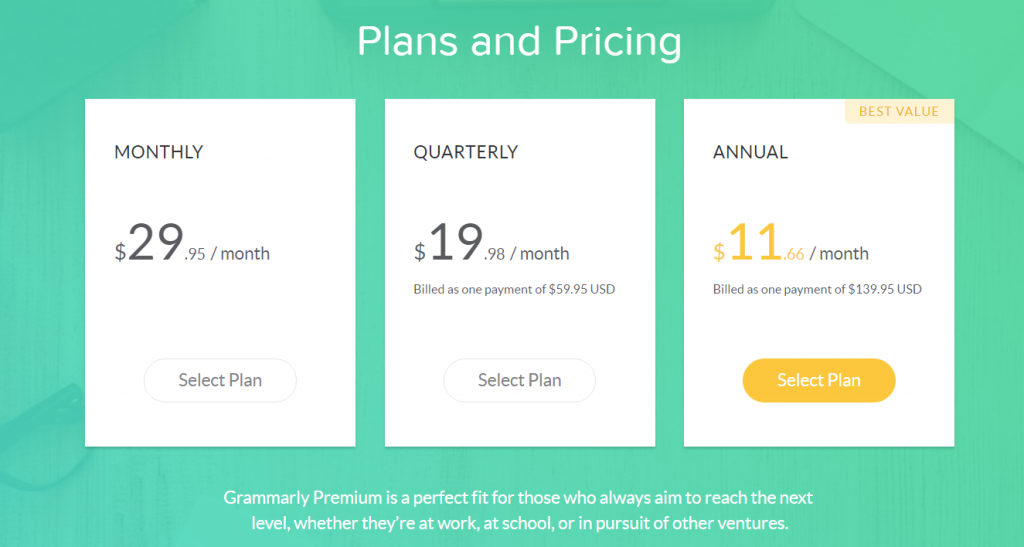
What’s The Difference Between a Web-based SaaS And a Website?
By Femto15 Team - December 8, 2019Software as a service (or SaaS for short) has been the talk of everybody in the software industry. But for those outside the field, the term still causes some ambiguity and may be mistaken for a website or web application.
As the field of cloud computing spreads, different models are developed to represent different cloud approaches. That's why, new terms like SaaS, IaaS, and PaaS may conflict with other concepts like website, web application, and webserver.
In this article, we differentiate between two main concepts in web services, SaaS and website.
What's SaaS?
SaaS is a software model that provides software service through the internet. To fully understand the concept of SaaS, we need to answer the following questions:
How do you access the service?
You access the provided service remotely. You don't need a hardware device to host the software into it, all you need is an internet connection and a web browser.

That specification represents the delivery model of SaaS. The software is centrally hosted on a server owned by SaaS providers. That server stores the SaaS application along with your data. It also does all computing operations.
You need an account to use the service. That account may belong to a single person or an organization.
How do you manage the software?

In a SaaS model, you don't own the software, you only use it. Thus, service providers are responsible for most of the software management process, from hosting to maintenance, along with all security issues, data storage, OS setup, etc.
How do you pay for the service?
Another specification of the SaaS is its pricing model. We all know about the on-premise pricing model which is the traditional model for any product. You pay for it, you own its license, and you can do whatever you want with it.
An example of that is the Windows OS; you pay for it, you got the software and its license, and that version of Windows becomes yours.

On the contrary, SaaS is based on a subscription pricing model, which means you pay a fee every specific amount of time for the services you got. When you are done with the service, you can simply stop paying.
Mostly, there are different plans with different features for different prices. Some SaaS applications charge per operation, conversion, or any triggered action. Also, some of them offer a free plan with limited features of their services so you can try it and then decide whether or not would you upgrade.
An example of that is Grammarly service. There are a free plan and premium plans, each premium plan has a period of time; a month, a quarter, and a year.


What is a website?
In its simple form, a website is a combination of web pages that can be accessed through the same URL.
The website may be owned by a single person or an organization. Web pages contain various types of content like written blogs, videos, images, audio, etc.
For example, you can create a blog for yourself and share your knowledge through it, or a business website where you market your brand without providing any software service over the web.
Some websites need you to create an account to access some pages, but most of them don't.
What's the difference?
Both of them is accessed through the internet using a web browser and published on one or more web server. So, what's the difference?
You can think of a website as a more generalized model that views various things through the cloud. Websites are built using software tools, but not all websites provide a software service. Websites are created for different propose than providing software through the cloud.
Examples of SaaS applications

SaaS model has been adopted by various businesses to provide different operations such as:
- Massaging SaaS like Slack.
- Customer relationship management SaaS like HubSpot, Salesforce, Zoho, etc.
- Content management system SaaS like Wordpress, BigCommerce, Wix, etc.
- Other SaaS applications that provide different services like Grammarly and Dropbox.
Final words
SaaS is all about delivering a software service through the web; it's a cloud model that facilitates the process of setting up and managing software while websites are online channels to display any content through the web.
ABOUT AUTHOR
Femto15 Team


you may also like
0 comments